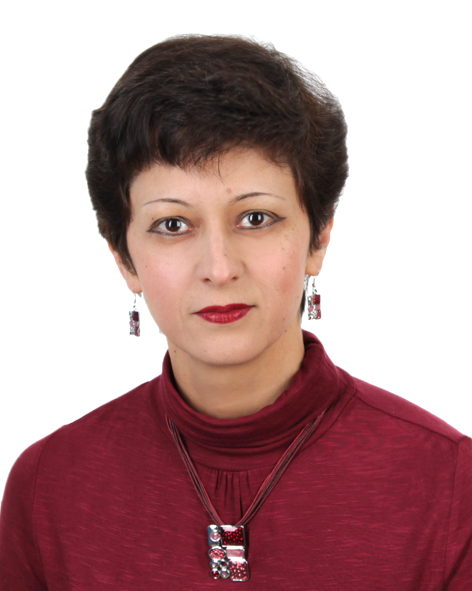The article studies the image of China as it was formed by the Russian periodicals in the second half of the 19th century. The author points out the need to examine the materials of these periodicals, as they were the most efficient means of disseminating information about China to the general public during that period. The significance of this study for the present time lies in identifying the information that influenced public opinion and helped shape the stereotypes of Russian perception of China's history, modern development, culture, and way of life. Only journals with religious orientation are used as historical sources. Analysis of articles from this group of publications allowed us to: 1) determine their role in shaping the perception of China among the Russian public at that time; 2) note the level of awareness of readers of the journals “Christian Reading” (“Khristiansloe Chtenie”), “Edificatory Reading” (“Dushepoleznoe Chtenie”), “Theological Bulletin” (“Filosofsky Vestnik:), and “Othodox Interlocutor” (“Pravoslavny Sobesednik”) about the scale of scientific and educational activities of Orthodox clergy and secular members of the Russian Ecclesiastical Mission in Beijing and their role in the formation and development of Russian sinology.
Key words: Russian Empire, China, image of China, sinology, Russian periodicals, Russian Orthodox Ecclesiastical Mission in Beijing
DOI: 10.22250/20728662_2024_2_25
About the author
 |
Yuliya G. Blagoder – Doctor of History, Professor at the Department of History, Philosophy and Psychology, Kuban State Technological University; 2 Moskovskaya st., Krasnodar, 350072, Russia; This email address is being protected from spambots. You need JavaScript enabled to view it. |






